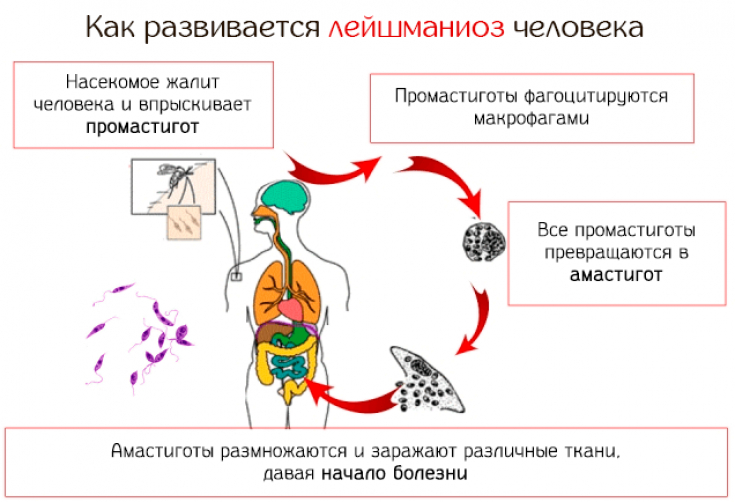Dermal leishmaniasis, caused by a parasitic infection, is considered one of the most serious skin diseases in many low- and middle-income countries. Old World cutaneous leishmaniasis (OWCL) is caused by species found in Africa, Asia, the Middle East, the Mediterranean and India.
The most commonly prescribed treatment — antimony, but other drugs have been used with varying degrees of success. Because OWCL tends to resolve spontaneously, the use of systemic and topical treatments must be justified. This update of the Cochrane Review was published in 2017.
In the article estet-portal.com you can read in detail the results of a meta-analysis of modern methods of management of Old World cutaneous leishmaniasis.
The need to identify effective therapies for leishmaniasis
The authors have updated search results for the following databases: Cochrane Skin Specialty Registry, CENTRAL, MEDLINE, Embase, and LILACS.
Included are randomized controlled trials of both single and combination therapy in immunocompetent individuals with smear-, histology-, culture-, or PCR-confirmed Old World leishmaniasis.
Follow us on Instagram
89 studies analyzed (of which 40 were new to this update) with 10,583 people with OWCL. The included studies were conducted primarily in the Far East or Middle East at regional hospitals, local clinics, and research centers for skin diseases. Women made up 41.5% of participants (range: 23% to 80%). The overall mean age of participants was 25 years (12 to 56 years).
Intraconazole and paromomycin: what to prescribe for leishmaniasis
When comparing oral itraconazole (200 mg for six to eight weeks) with placebo, after 2.5 months of follow-up, 85/125 participants in the itraconazole group and 54/119 in the placebo group achieved a complete cure (3 studies; 244 participants) .

In one study, microbiological or histological eradication occurred only in the itraconazole group after a mean follow-up of 2.5 months (20 participants).
More side effects of mild abdominal pain and nausea (3 studies; 204 participants) and moderate hepatic impairment (3 studies; 84 participants) were observed in the itraconazole group.
Emergency treatment after insect bites
When paromomycin 15% ointment was compared with placebo, there was no difference in the number of participants achieving complete cure (383 participants, 2 studies) and microbiological or histopathological eradication after a mean follow-up of 2.5 months (383 participants, 2 studies ), but there were more skin/local reactions (such as inflammation, vesiculation, pain, redness, or itching) in the paromomycin group (4 studies; 713 participants). For all of these results, the reliability of the data was very low.
There is very little evidence to support the efficacy of itraconazole and paromomycin ointment for the treatment of OWCL. Both of these interventions produced more adverse effects, which were moderate in nature.
Thank you for staying with estet-portal.com. Read other interesting articles in the "Dermatology" section. You may be interested in Skin leishmaniasis: from which regions can the disease be brought







Add a comment